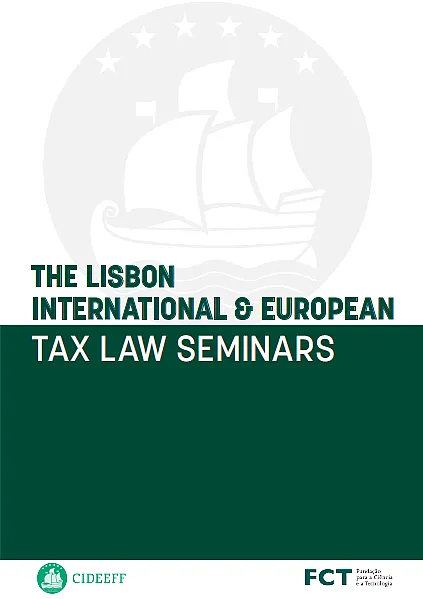Contemporary aspects of tax certainty: Digital tax, GAARs and tax rulings in the field of fiscal state aid

Tax certainty is an essential element for the protection of taxpayers’ rights. In the today’s highly digitalized tax environment, various anti-tax avoidance measures that have been enacted inevitably entail some drawbacks, such as the increased tax uncertainty, as a result of their implementation.
A specific area to be taken into account, when discussing the issue of tax certainty, is the area of digital taxation. In this respect, the rules of traditional international tax law have proved to be inefficient and need to be appropriately adapted and updated, taking into account the new reality. The new rules will redistribute taxable income across individual states based on these new criteria and set a minimum tax rate in the form of a minimum global tax rate.
However, they will also cause tax uncertainty. When it comes to the application of a general anti-abuse rule, it is more than obvious that an inherent characteristic to its implementation is the significant tax uncertainty caused, since the tax authorities are entitled to disregard arrangements that are considered to be non-genuine or artificial or even refuse to grant specific tax advantages recognized by a primary tax provision, upon their wide discretion.
It is doubtless that the conditions for the implementation of the GAAR are by definition rather vague. However, the ambiguity caused results in the increase of tax uncertainty, which can hamper taxpayers’ fundamental rights. Last but not least, a very important red flag that is challenging tax certainty to a significant extent refers to the tax rulings in the field of fiscal state aid, given that these tax rulings have been found under the microscope of the European Commission in the context of investigating their compatibility with the State aid framework.
Keywords: Tax avoidance; tax abuse; arrangement; genuine; digital; tax rulings; state aid; GAAR; SAAR; certainty; transfer pricing; anti-avoidance; base erosion; profit shifting; client-facing business; dispute resolution; digital economy; principal purpose test; Amount A; Amount B
Publicações recentes


